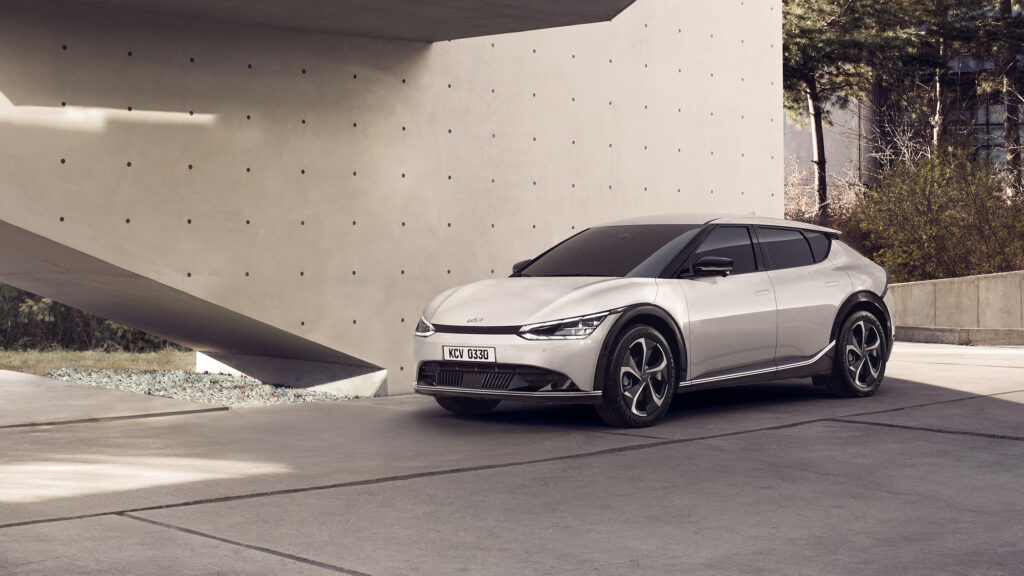Leather out, innovative materials on the menu for Kia
Running shoes, recycled plastics and a focus on old-school materials will help craft the interiors of Kias moving forward – all while the brand forges ahead with a family of futuristic electric vehicles.
As part of its new design language – one that maximises the benefits of electric motors and batteries while incorporating hybrids and regular ICE vehicles – Kia plans to expand the types of materials its cars use.
And there’s a clear focus on the environment with the fresh finishes that Kia believes it is better placed to employ than more traditional brands.
“Because we’re not a luxury market we have I think more flexibility and freedom in that sense,” says design boss Karim Habib, while reinforcing “we want to offer quality”.
He said tastes were changing and there was a clear focus on sustainability and the sourcing of materials.
“Things are changing … leather is being questioned in many aspects, the type of plastics we use, what can we replace them with?
“There’s acceptance for things that maybe were there in the past that are coming back like fabrics and wools and things like that.”
Habib said old and new finishes could be contrasted as part of Kia’s new “opposites unite” design theme that was announced in revealing the EV6 electric crossover. The EV6 is the first of a family of at least seven EV models named from EV1 through to EV9.

Mini has promised some similar changes to Kia with its upcoming models, too.
The BMW-owned small car brand with an intense youth focus has committed to phasing out leather on its future models, design boss Oliver Heilmer saying it’s “because we don’t believe it’s sustainable”.
No word yet from parent company BMW on ditching leather; it’ll be available on the upcoming iX electric SUV, although it is tanned with olive leaf extracts to reduce the environmental impact (and in case you’re wondering, BMW-owned Rolls-Royce has previously told us it has no plans to ditch leather, which is no surprise).
Habib said Kia was exploring how it could cut out the painting process on some materials, instead reverting to the base material and natural finishes.
“We’re still very far from that,” he concedes, while reinforcing it is “a major thing … we’re working on”.
“With the aspect of environmental responsibility … [and] what is socially accepted or what is socially required to say … [natural colours] is something there have been many tries at working without painting, sort of ingrained colors, plastics [etc].”




